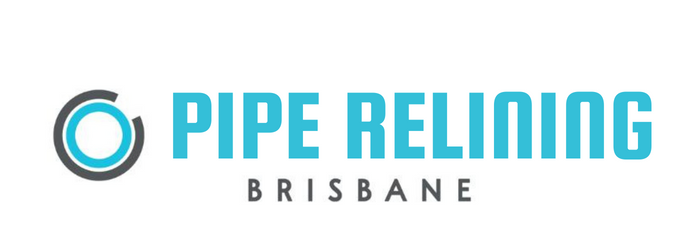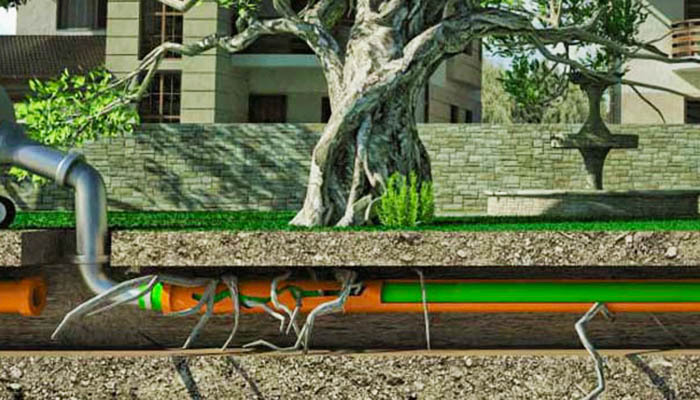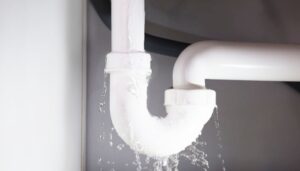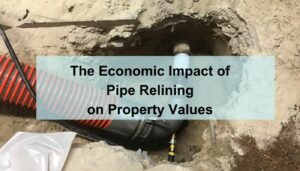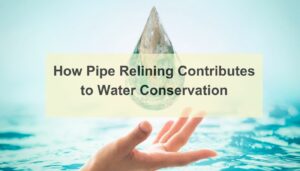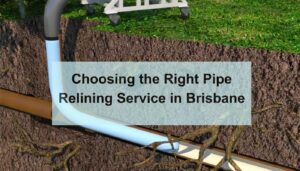Like most homeowners, you want to keep your home in good condition while avoiding costly pipe repair. One way to do this is by having your home’s plumbing system regularly inspected and maintained.
However, if you’re not sure whether pipe relining is a safe option for your home, This article will provide a detailed explanation of pipe relining so that you can decide if it is the right solution for your needs.
What is Pipe Relining
Pipe relining technology is a process for repair broken pipes or replacing damaged pipes without completely replacing the entire system. This can be an attractive option for homeowners because replacing pipe as a whole is less expensive and disruptive. In addition, pipe relining can be used to extend the life of your existing pipe.
Pipe relining is typically done by inserting a new liner into the damaged pipe. The new liner is then inflated and allowed to cure, creating a new pipe within the old one. This process can be used to repair damage caused by leaks, cracks, or tree roots.
Pipe relining can fix a multitude of different types of pipe damage, some examples being:
- Leaking pipes
- Collapses
- Offsets
- Bellied pipe
- Root intrusion
- Broken pipe
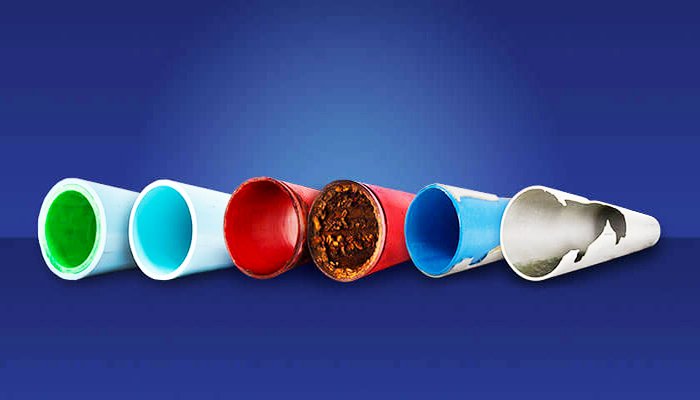
Types of Pipes That Can Be Reline Effectively
Pipe relining can be used on a variety of pipe materials, including:
- Cast iron pipes
- Copper pipes
- PVC pipes
- Clay pipes
The Benefits of Drain Pipe Relining?
Pipe relining offers many benefits for homeowners, including:
– Reduced repair costs: Pipe relining costs can be more cost-effective than pipe replacement because it doesn’t require excavation.
– Less disruptive: Pipe relining does not require digging up your yard or breaking through walls, making it less disruptive than traditional pipe repair methods.
– Extended pipe life: The new liner can add years to the life of your existing pipes.
– Increased water pressure: Pipe relining can increase water pressure by creating a smoother inner surface for water to flow through.
– Fewer leaks: The new liner creates a seal that can help prevent future leaks.
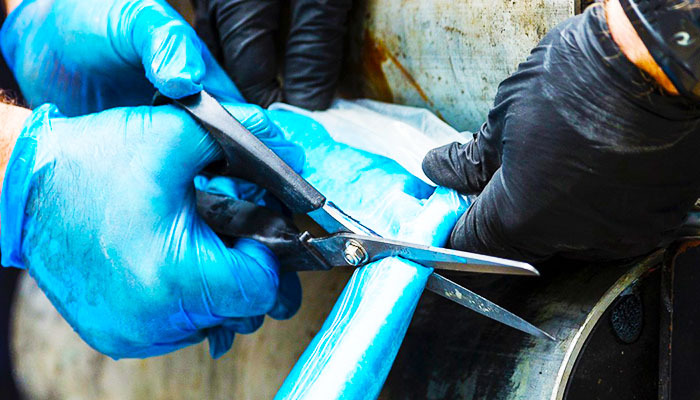
Is Pipe Relining Worth It?
It’s worth it to reline pipes to save money, time, effort, and frequently aggravation of digging up landscaping to access the pipes.
Pipe relining can also be used as a preventative measure to extend the life of your pipes and avoid the need for future repairs. If you have an older home with cast iron or clay pipes, pipe relining can help prevent damage before it occurs.
Is Pipe Relining Safe for Your Home?
Pipe relining is a safe option for most homes; however, a few things to keep in mind before having your pipes relined.
First, make sure to hire a qualified professional to do the job. Pipe relining is a technical process, and it’s important to make sure it’s done correctly in order to avoid further damage to your pipes.
Second, be aware that there may be some disruption to your water supply during the relining process. This is typically only for a short period, but it’s something to keep in mind if you have a water-dependent household.
Finally, pipe relining comes with a warranty, so be sure to ask about the warranty before having the work done. This will protect you in case there are any issues with the relining job.
Conclusion
Pipe relining is a safe and effective way to repair or extend the life of your home’s plumbing system. Pipe relining can save you money and time, and it’s less disruptive than traditional pipe repair methods.
If you’re thinking about pipe relining or have difficulties with your home’s plumbing, make sure you hire a qualified expert who can offer you information on the warranty.
